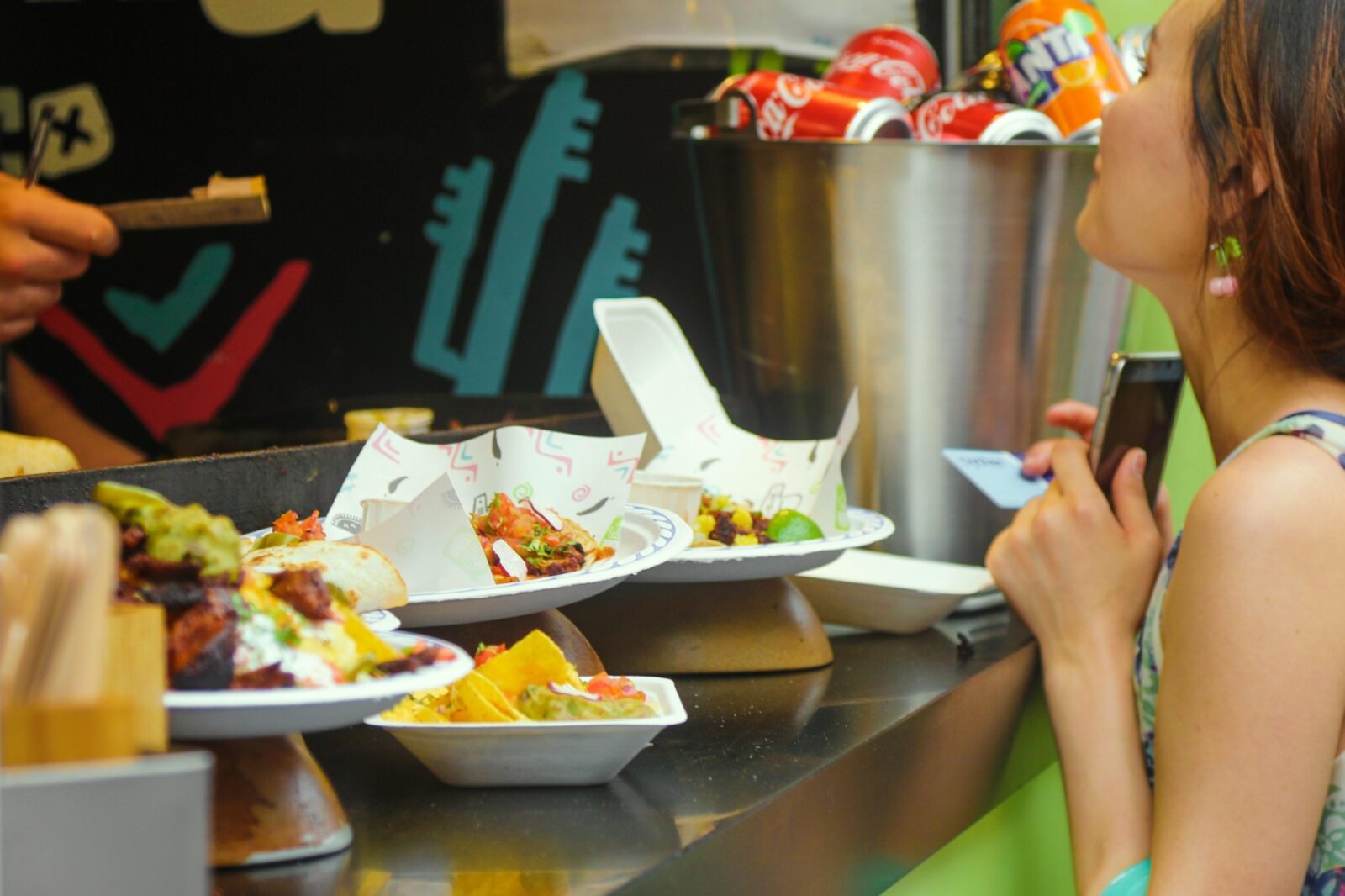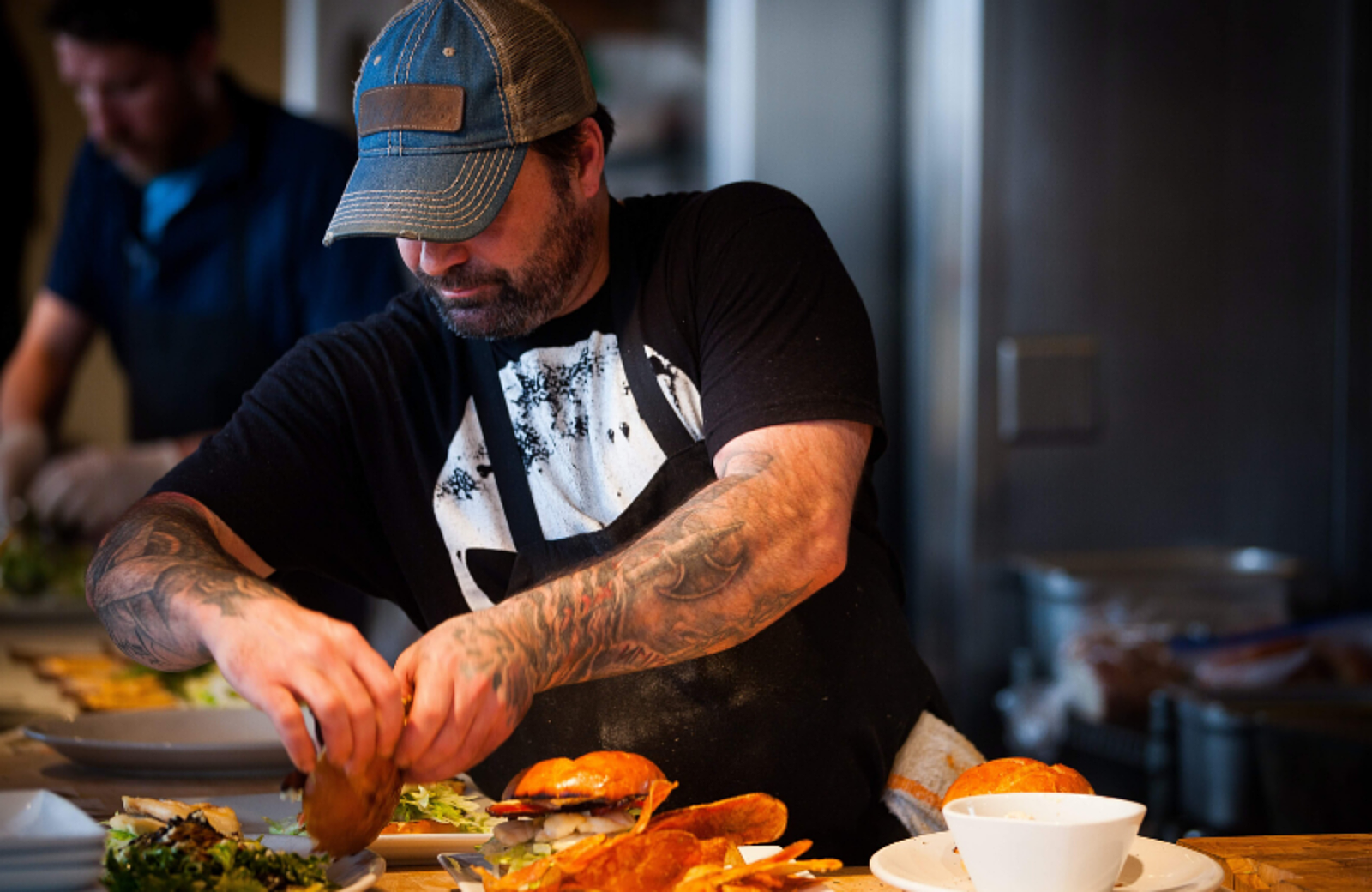
What To Consider Before Offering Delivery
Here are 5 questions to ask before adding delivery to your restaurant.
Cesar QuinteroAuthor
Have you noticed the shift in your margins and in your customer needs? As restaurant owners, we need to take advantage of the trends that are changing our industry. And right now, that means adding delivery options to your service.
We'll talk about why in a minute. But before you immediately start offering restaurant delivery services to your customers, you need to remember that adding a delivery component increases complexity—and with more complexity comes important decisions.
To make the process easier, and to help you determine the right course of action for your business, we've compiled a 5-point delivery checklist questionnaire.
Restaurant Metrics Calculator
Use this free calculator to calculate the key restaurant metrics needed to understand the health and success of your business.

1. Why should I consider adding delivery to my model?
The delivery model is popping up everywhere. It is currently the darling of the financial market and it's been declared the future of the restaurant industry. According to the National Restaurant Association, off-premise dining, including takeout, delivery, and curbside pickup makes up 60% of all restaurant traffic.
Demand from Millennial and Generation Z consumers is fueling the increase in takeout and deliver options. But that's not the full story. Technology has also played a role (for example, the advent of food delivery apps), as has the evolution of consumer trends across generations. (For more detail, check out the Toast's 2019 Restaurant Success Report.)
Even if after going through this 5-point list delivery is not for you, consider takeout, curbside pick-up, or any future off-premise model on top of your current model to capture these trends.
2. Should I use a third party delivery company?
The restaurant industry is changing fast, but as restaurant owners, we turn to outside solutions. Most of the solutions are coming from technology and marketing companies like Amazon, PostMates, Eat24, Grubhub, Uber, DeliveryDudes, etc.
These companies sell themselves as marketing for your restaurant, but in the end, their clients are not yours and they place you in direct competition with other restaurants. They charge their clients a delivery fee and negotiate a part of your food cost depending on your volume. Why are restaurants giving away their margins to middlemen?
The answer depends on the demand your food business has for delivery, as well as how much time you have to put into your delivery plan. In regards to your menu, if you cater to a specific lifestyle niche (vegetarian, organic, kosher, X Diet, family dinners, gluten or dairy free, etc), you can create sticky customers that order from you multiple times per week. In that case, it would make more sense to have your delivery in-house. If you don’t have the time or demand for delivery, you can at least save money by using a restaurant delivery system integrated with your POS.
As restaurant owners, we need to understand what the shift is and be able to cater to the market. Let’s stop giving our margins away to others. It is time for us to boost our margins and understand what our customers want.
3. What’s the best way to get food from my restaurant to my customers?
This will depend on your clients and what they need from you as their food supplier. Make sure to ask your best customers what alternative would work for them and see if it makes sense for your business. The most common options are:
- Routes, which are best for lifestyle restaurants that have sticky clients (like Fit2Go) and deliver daily / weekly food to customers
- Back and forth delivery, which is good for companies that want to dispatch an employee when a delivery order comes because they don’t necessarily have a high demand for delivery. Examples of this are pizzeria or Chinese delivery companies.
- Pick-up locations, which often work well for companies that deliver mass quantities of food for a specific crowd, like in gyms, supermarkets or schools.
- On-demand delivery providers, which are useful for restaurants that don’t receive many delivery orders and thus don’t need a dedicated delivery driver in the restaurant at all times
4. What system or software do I need in order to start delivering?
Many restaurant POS systems are adding a delivery option to their offering, so online ordering, delivery, and customer data can all be tracked within the same system. Make sure these adapt to the option you pick as the best delivery style. Usually, these are best for back and forth and on-demand delivery options.
If you choose to use routes or pick up locations, how will you find the optimal route? This is a question where technology really comes into play. While every area is different, there are routing systems that can design the optimal route for you and even send it out to your drivers Uber style.
5. Do I hire independent 1099 drivers or hire them as hourly employees?
This is a question that is best for your attorney. Please consult in your state for any local labor laws. In my experience, it all depends on how much control and supervision you want as part of the hiring and delivery process:
If you want to train your delivery staff, have them wear your uniform, have your company signage on their cars and be available permanently at your restaurant, the Department of Labor would generally consider them employees. Be aware that this would imply labor taxes and workers comp. There are ways around it as Domino’s Pizza and other traditional delivery companies can attest to.
If you have a standard guideline, your drivers can be replaced by any person on a daily basis, or if you use an Uber style app to assign delivery drops, you may be able to hire them as 1099. The best way to pay them is by delivery drop instead of per hour or mileage. Make sure your liability insurance covers them and you have a labor attorney assist you in this structure.
In Conclusion
When you add a delivery service to your restaurant, you’ve added a new revenue source but also a new level of complexity to manage. The right technology and strategy will help you keep control of your delivery operation and make it more profitable.
Given current delivery trends, there is a huge opportunity to grow your market by adding an off-premise component to your business. Consider a delivery fleet, a food truck, curb-side pickup or any feature that provides more convenience to your customers. What better way to grow volume than by riding the fastest growing trend and expanding your customer base using your same space and facilities?
Is this article helpful?
DISCLAIMER: This information is provided for general informational purposes only, and publication does not constitute an endorsement. Toast does not warrant the accuracy or completeness of any information, text, graphics, links, or other items contained within this content. Toast does not guarantee you will achieve any specific results if you follow any advice herein. It may be advisable for you to consult with a professional such as a lawyer, accountant, or business advisor for advice specific to your situation.
Read More
Subscribe to On the Line
Sign up to get industry intel, advice, tools, and honest takes from real people tackling their restaurants’ greatest challenges.


